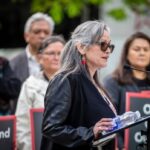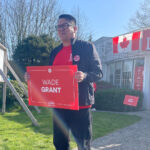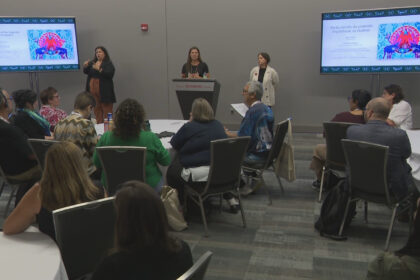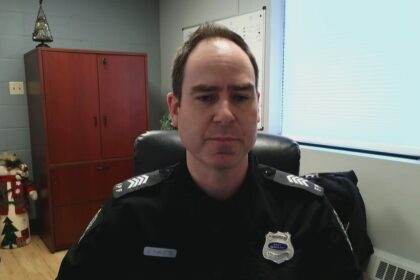When you’re an Indigenous woman on the campaign trail you pack a lot of stuff. Food for volunteers, tobacco for Elders and, in the case of New Democratic Party (NDP) candidate Tania Cameron, beaded orange earrings. “We don’t keep regular hours,” says Rebecca Chartrand, who is running for the Liberals in the massive Churchill—Keewatinook Aski (formerly Churchill) riding in northern Manitoba. “We’re travelling around in a vehicle … on winter roads that are melting … we’re eating out of the vehicle – bologna sandwiches – because we don’t have money.” Cameron’s Facebook page, where she posts pictures of the sprawling Kenora-Kiiwetinoong riding in northwestern Ontario, shows her on yet another road trip. “There are 38 First Nations and I am trying to get to each one,” she says. Cameron ran and lost in both 2008 and 2011 when her three children were small. Now, they’re young adults and helping with the campaign. “They’re out putting up signs, they’re driving me, they’re cooking for me, they’re packing my meals,” she says. “It’s a family affair. “My daughter’s even beading me (NDP colour) orange earrings.” Kenora-Kiiwetinoong election candidate Tania Cameron sports NDP-orange earrings on the hustings in northwestern Ontario. Photo: Facebook Kimberly Fairman, the Conservative Party candidate campaigning to be the lone MP for the Northwest Territories, is a mother of four and grandmother of four. The riding last went Tory blue in 1988. She just returned from attending the Muskrat Festival in Inuvik more than 1,000 kilometres north of her home in Yellowknife. “We were playing some games on the ice (road),” Fairman says. “There was log-sawing, harpoon throwing, muskrat skinning. On the first night there was a feast and they had a very nice spread. “Yeah, there was bannock.” The candidates speak of long highway drives, lack of cellphone and internet service, and switching between winter and rubber boots. “On the phone calls (to voters), I have my mom, my aunties,” says Chartrand, a mother of two. “Yeah, every bit helps.” Rebecca Chartrand (holding sign), the Liberal candidate for Churchill-Keewatinook Aski in northern Manitoba, meets voters at the Tataskweyak Cree Nation fishing derby. Photo: Facebook These are shoe-string operations, they noted. In 2015, Chartrand, who is Anishinaabe and Métis, ran out of money. She wasn’t able to place scrutineers at any of the polls. She is up against the highly organized and well-funded team behind incumbent NDP-MP Niki Ashton, who has held the riding since 2008. “The Ashtons are a dynasty,” admits Chartrand. But, she notes, Indigenous people represent 78 per cent of the riding that’s bigger than the country of Ukraine. Chartrand lost by 900 votes in 2015. At the table “We have to have a seat at the table,” she says. “We have to represent ourselves as Indigenous women. “We need to be at those tables because we’re the most affected (by government policies).” Cameron is a member of Niisaachewan Anishinaabe Nation in Treaty 3. She is well-known for decades of community advocacy. In 2021, she blew the whistle on missing ballots at three fly-in First Nations in the riding and voting card errors in Kenora, Ont. It’s something she worked to correct with Elections Canada afterwards. She is also remembered as the “Potato Lady” during the COVID-19 pandemic. She organized six semi-trailer sized shipments of vegetables to all the towns and 30 First Nations in northwestern Ontario. “I’ve always worked to change the system,” says Cameron, whose day job is running a nursing home. Although it was hard, she recently asked her online supporters to donate $25 each. “My budget is very, very lean,” she says, “but I’m doing it. I’ll do whatever I have to: I’ll pack my lunch … stay in people’s guestrooms.” Fairman is a child of a residential school survivor, just like Chartrand and Cameron. Conservative candidate Kimberly Fairman campaigns with party leader Pierre Poilievre in the Northwest Territories last fall. Photo: Submitted The negative legacy of the government religious schools has come under attack by Conservative candidate Aaron Gunn in British Columbia. “When you have situations like this, it can be very easy to try to shut down the conversation or to come back with anger and disappointment,” says Fairman, noting she’s not familiar with what Gunn has said. “I think that’s valid, but we have to move forward together. “There has to be an effort to continue to move forward in a positive direction with these things, again (while) recognizing a lot of people have suffered under residential schools in Canada.” Fairman grew up in Yellowknife and loves the western Arctic. She says any challenges from voters have been about political ideology and not about her being a woman or Nunavummiut from the community of Taloyoak. She is the former executive director at the Institute for Circumpolar Health Research. “People are very, very, very supportive and feel that Indigenous woman, in particular, are missing in the political arena,” adds Fairman, a first-time candidate. “They have been very open about my involvement in politics and my commitment to public service.” Sizeable crowd She noted a rally with Conservative leader Pierre Poilievre last fall drew a sizeable crowd. People in the North are having a hard time with the high cost of living, Fairman says. “When it comes to food and fuel and housing, people are finding that it’s really quite unmanageable and very hard on individuals and families now.” Chartrand started her own business advancing Indigenous knowledge in the corporate world. She used those same skills to pull the campaign team together, devise a plan, and execute her vision. “A lot of the people vote NDP but they don’t know why – a lot of the Elders,” she notes. “There was definitely some people who thought Niki Ashton was Métis.” She says she’s has to emphasize she is not running against hugely popular Manitoba Premier Wab Kinew, who is First Nations, or another Indigenous candidate. “I think it’s time we get an Indigenous person in there,” she says. Cameron says she has avoided polls and headlines about the potential demise of the NDP thus far. “Me, I’m going to keep my head down and get to as many doorsteps as I possibly can, meet as many people as I can,” she says. “And assure them that I can be a voice for them if they give me that vote.” Election day is April 28. Continue Reading
Bologna sandwiches, beaded earrings and bannock: 3 Indigenous women hit the campaign trail
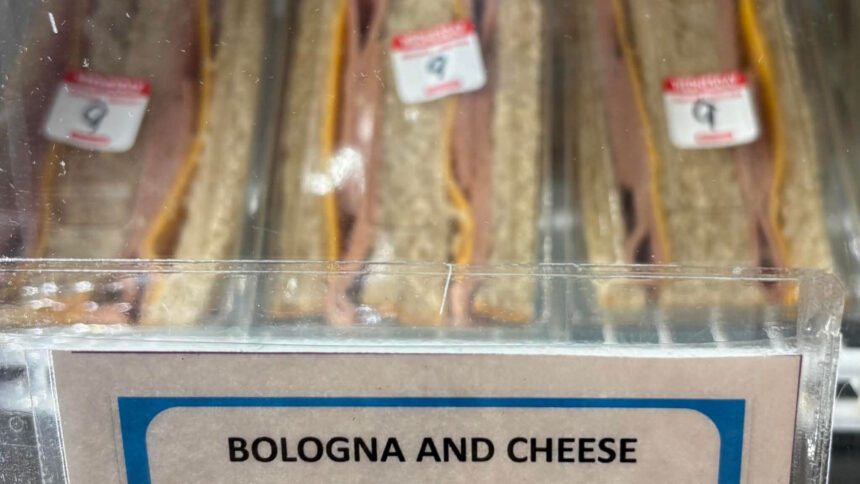
Leave a Comment


